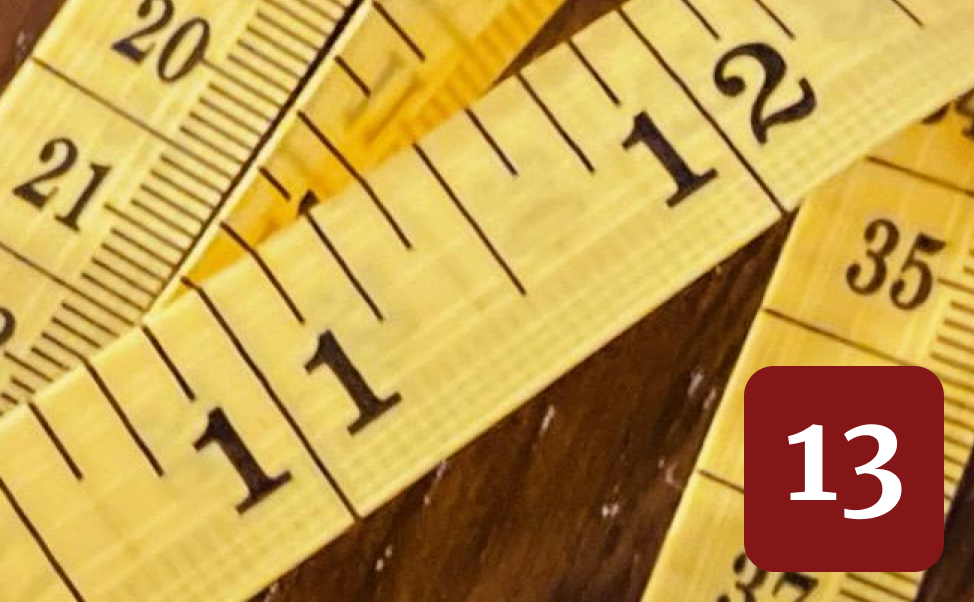
Humans have been counting for a long time.
There is strong archeological evidence to support the hypothesis that we’ve been doing it for at least 50,000 years. Over time, mathematics has come to be known as a universal language. Globally, we may have different ways of representing numbers, but we have the same base understanding in mathematics.
Measuring a wildfire is by nature difficult. Depending on the type of fuel available to it, environmental and weather conditions, a wildfire may be considered either a healthy by-product of the natural cycle of life on Earth or a dangerous natural catastrophe endangering thousands of lives.
Regardless of viewpoint , disasters are generally classified by scales of intensity and severity. Tornados, for example, are typically measured on an “f scale” (f0-f5), a scale measuring wind speed and damage done to structures. For earthquakes, we typically use the Richter scale, a quantitative measurement of the size of the waves it generates. (Incidentally, have you seen our Ready, set, earthquake! video?)
Wildfires have their own measurements. They are classified in terms of fire intensity (how hot it gets), and burn severity (how much damage it does to its environment).
Fireline intensity is “the rate of energy or heat release per unit time per unit length of fire front(kW/m). Numerically, it is equal to the product of the fuel low heat of combustion (kJ/kg), quantity of fuel consumed in the flaming front (kg/m2),and the linear rate of fire spread (m/s).”
Got that? If so, here’s more about the difficulties of measuring and calculating fireline intensity and Byram’s fire intensity equation.
If not, then, in other words, how hot is the fire, how much fuel is it burning, and how fast is it spreading?
Burn severity is much easier to understand. Wildfires are classified into 3 buckets depending on how damaging the wildfire is to the soil and vegetation in the area. The higher the severity, the more damage done to the local environment, and the longer the environment will take to grow back.
- Low Severity: A fire that predominantly damages the understory of the environment, < 25% of trees or vegetation is damaged, and soil damage is minimal
- Moderate Severity: A fire that damages between 25% and 75% of vegetation, moderate levels of soil and mineral damage
- High Severity: A fire that damages > 75% of vegetation, extending into the canopy level. Soil and mineral levels suffer heavy damage
The simplest measure to understand the impact of a wildfire might just be its size, typically measured in square acres, miles or kilometers. These days, satellite imagery, cameras from planes, and even drone coverage (but don’t do this yourself…) can help us understand the impact, size and danger a wildfire may have, more accurately and in real time.
Wildfires also have a simple size classification system depending on the area burned.

Unfortunately, these days, the number of homes burned, number of lives lost, and estimated cost of damage done are all too familiar statistics for burn severity. In 2018, the Camp Fire fire killed 85 people, the deadliest fire in the last century.
No matter how they are measured, wildfires are dangerous. But you can help to prevent them, and you can prepare for them.
Share this post to help spread wildfire readiness. Make a donation to help us to do the same.
Hello! I am a 5th grade student. I am doing a research project on Wildfires and this was so helpful to me.
You’re welcome! We’d love to hear what you’ve learned. Maybe you have a report that we can share with others?